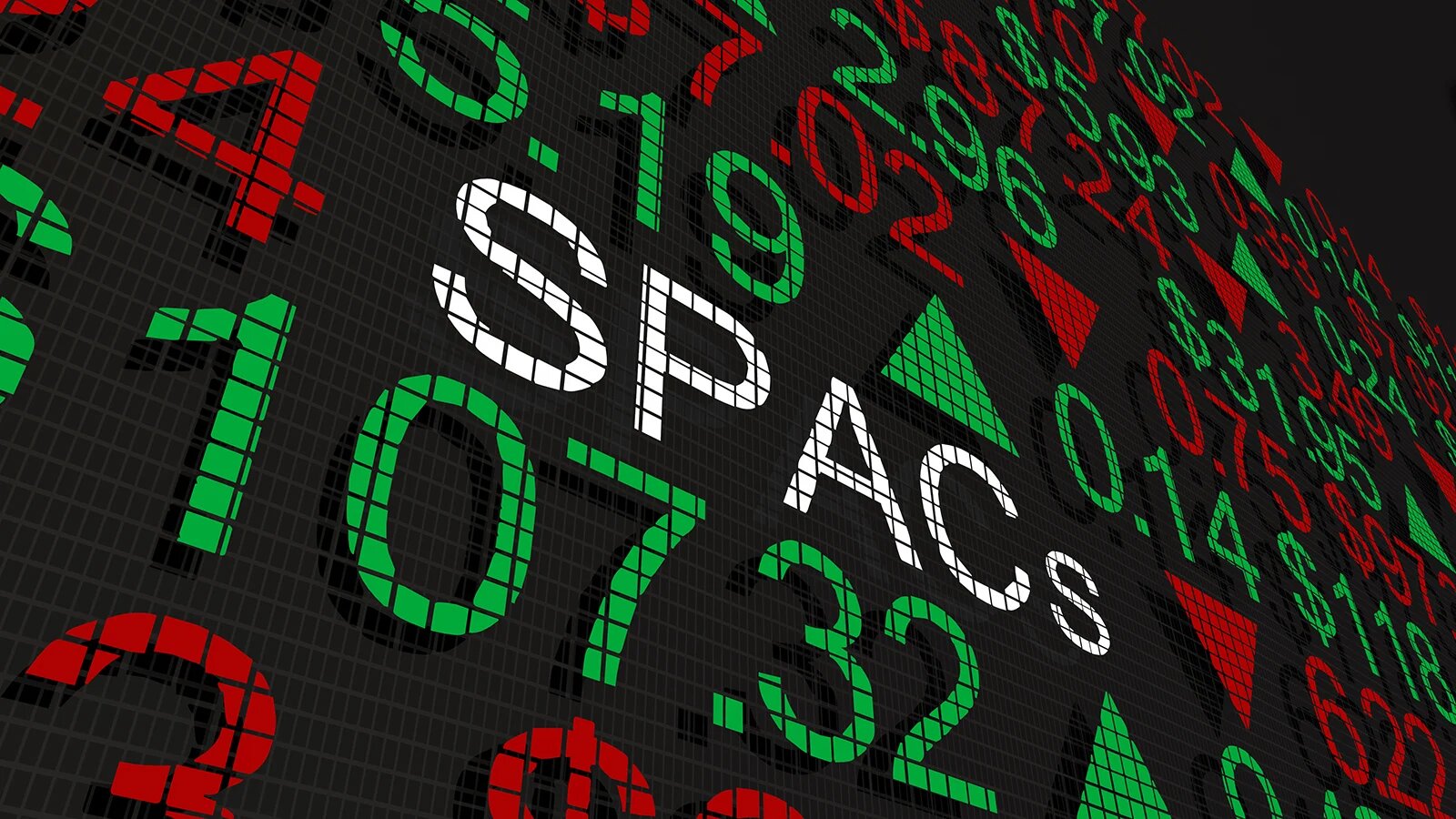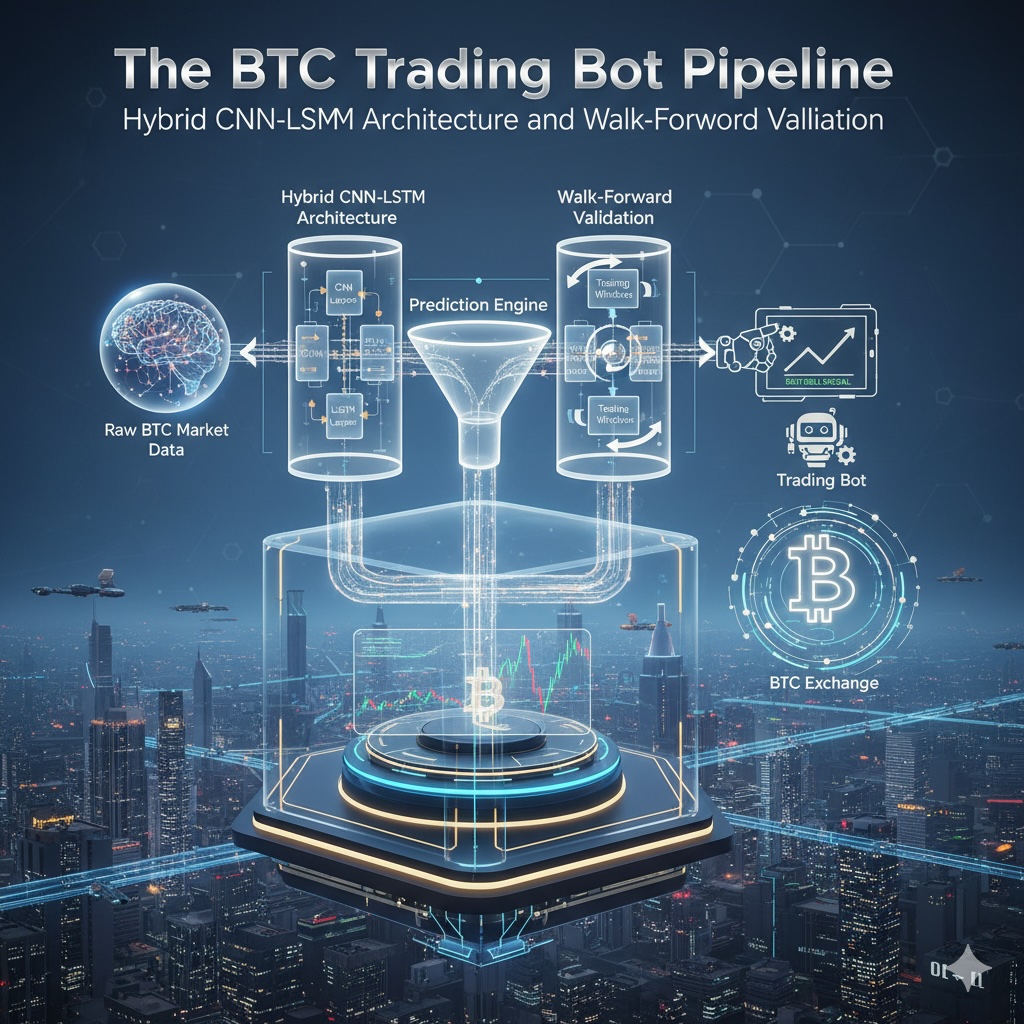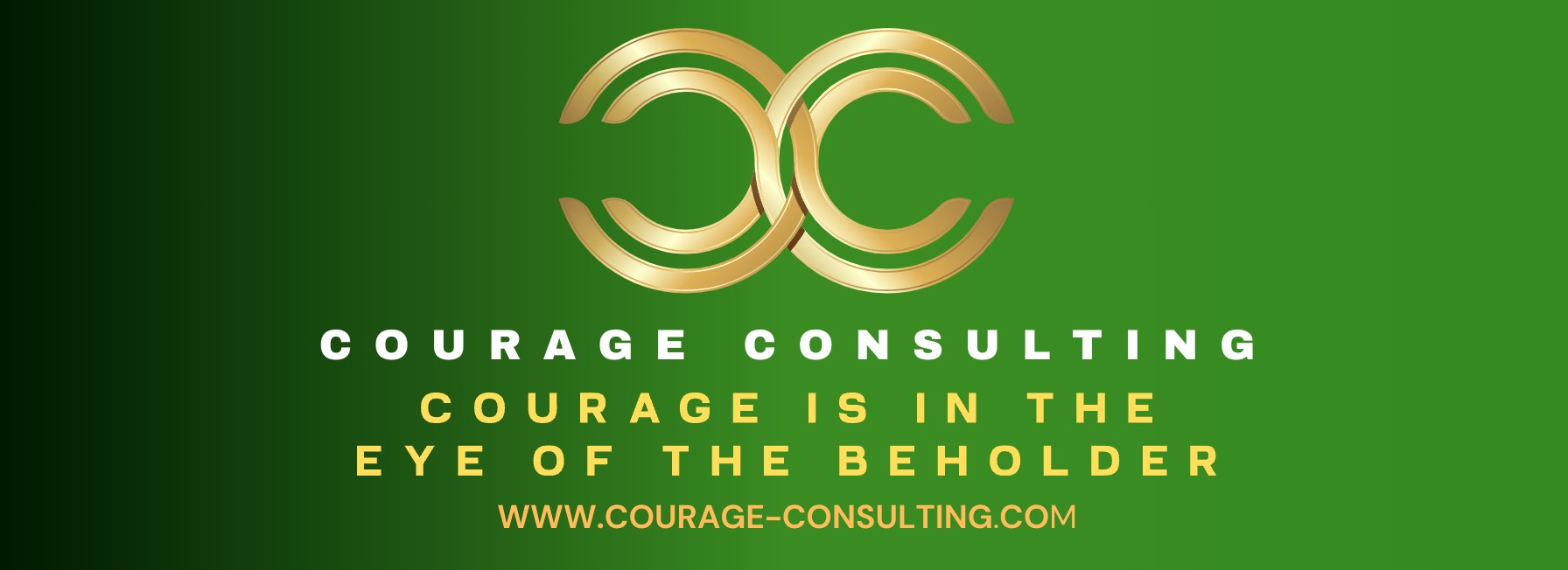Mar11

On Wall Street, 2021 became known as the year of the SPAC and it seemed that everyone was getting involved, from former politicians to sports stars, rappers to celebrities. Special Purpose Acquisition Companies, or SPACs, are nothing new in the world of investing. They first emerged in the 1980s, but have been in the spotlight since 2020, creating a bubble that has grown so big many experts believe it’s about to burst.
SPACs, are publicly traded shells designed with the goal of merging with real profitable businesses and have raised tens of billions of dollars over the past year or so. They have come under fire as many young, volatile businesses are skipping stringent IPO norms, going public and receiving SPAC support without necessarily warranting it.
Furthermore, the SPACs of today are often structured so that those sponsoring them can profit even if regular shareholders suffer. Overly optimistic valuations and forecasting made by companies going public via SPACs—without the usual checks and balances—can grow future profits for some, but not others.
Combine the SPAC hype with the high price-to-earnings ratio (P/E ratio) of the NASDAQ and experienced investors are warning of red flags. A P/E ratio over 30 suggests the market is overvalued, as Wall Street fails to support extreme valuation for long periods of time.
With an average NASDAQ P/E ratio over 30 in the past year, there are fears that it is an indicator of trouble ahead. History shows that a high P/E ratio is a strong signal of stock market crashes.
In a confusing market where overconfidence leads to instability, there are few IPOs and SPACs that are truly worth investing in. Is this the case?
A thought to ponder whilst I continue looking for the next unicorn.
By John Martin
Keywords: Business Strategy, Mergers and Acquisitions, Risk Management
 Centralized or Decentralized Succession Planning?
Centralized or Decentralized Succession Planning?  Thinkers360 Emerging Technology Ambassador
Thinkers360 Emerging Technology Ambassador Experimenting is the Driving Force
Experimenting is the Driving Force The BTC Trading Bot Pipeline: Hybrid CNN-LSTM Architecture and Walk-Forward Validation
The BTC Trading Bot Pipeline: Hybrid CNN-LSTM Architecture and Walk-Forward Validation Logo Flops to Bold Leaps
Logo Flops to Bold Leaps